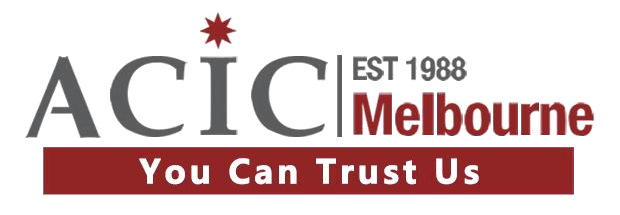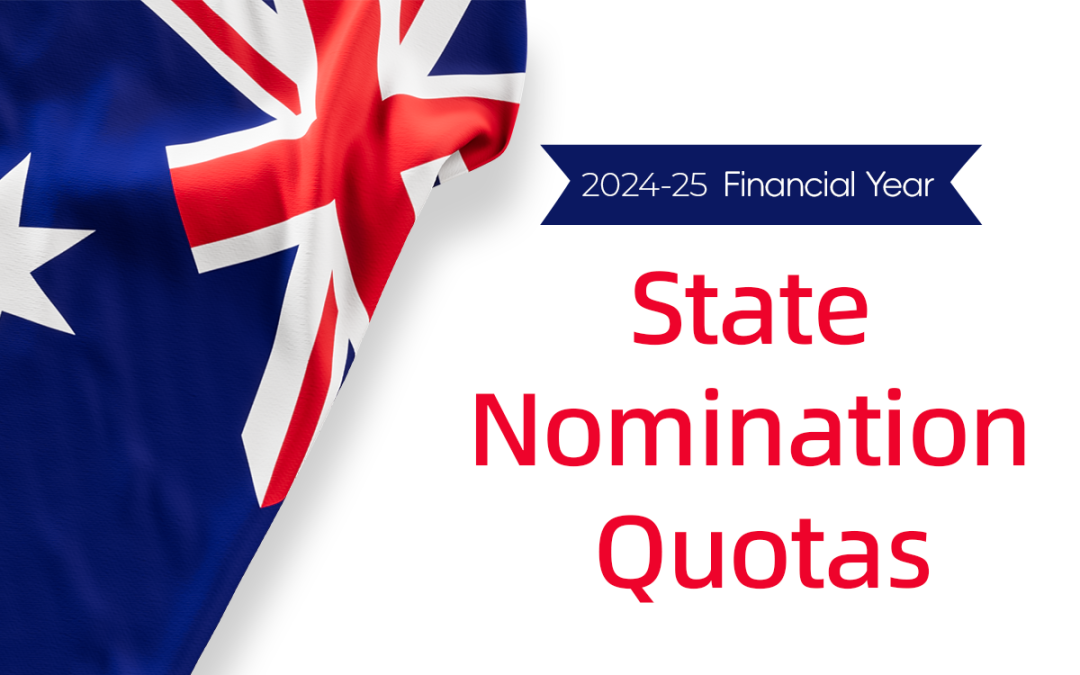Australia’s State Sponsored Quotas for FY2024-2025: How are the States Performing?
Last night, Australian media outlet AFR released the state-sponsored immigration quotas for each state for the 2024-2025 financial year in advance. Although the data is not fully publicized, with the available information, we can get a general idea of how each state will perform in terms of state sponsored quota in the new financial year. This article will take you through an in-depth analysis to inform your immigration planning.
01 – General
The federal government will offer 26,000 visa quotas in the 2024-2025 fiscal year, a significant increase of nearly 10,000 from last year’s 14,000. While the quota has been steadily picking up, some states are performing very differently.
02 – Queensland QLD
Queensland is the only “loser” in the new financial year.
Its state-nominated permanent skilled immigrant quota will be reduced from 900 to 600, and its temporary visa quota will be reduced from 650 to 600, for a total quota reduction of 350.
The move comes after Queensland Premier Steven Miles backed a proposal by Federal Opposition Leader Peter Dutton to reduce migration to ease pressure on housing.
03 – West Australia WA
Western Australia was a particularly strong performer, emerging as one of the biggest winners in the new financial year.
Its state sponsorship quota increased by 1,500, bringing the total quota to 5,000.
The state government has made it clear that construction, healthcare/elderly care, tourism and agriculture will be the priority areas for the new fiscal year, and has strongly expressed the need to draw talent from overseas.
WA has tried to invite applicants from common occupations such as accounting and IT despite the tight quota in FY2023-2024, and believes that other occupations will have a good chance in FY2024-2025, when the quota is significantly increased. In addition, WA will receive an extra 1,000 temporary visa places given the severe housing shortage the state is facing.
04 – South Australia SA
South Australia had a quota of 2,300 last year, with 1,900 new ones this year, bringing the total quota to 4,200.
SA’s policy is more practically oriented and is expected to provide immigration opportunities for a large number of applicants.
05 – Tasmania TAS
Tasmania’s state sponsorship quota has almost doubled from 1,200 last year to 1,500 this year, bringing the total quota to 2,700.
Tasmania’s policy mainly benefits local current students and provides more migration opportunities for local applicants.
06 – Northern Territory NT + Canberra ACT
The Northern Territory and Canberra have seen larger increases in their quotas.
The quota for the Northern Territory increased from 650 to 1,200 and for Canberra from 1,200 to 1,800.Although the total amount is limited, immigration opportunities have increased for local applicants.
07 – New South Wales NSW + Victoria VIC
Detailed quotas for New South Wales and Victoria have not yet been released, but they are expected to rise by about 35% in the new financial year, with total quotas in the region of 4,500 to 5,500.
While the increase is significant, compared to the number of new applicants over the past year, the increase appears relatively modest and applicants need to be prepared to deal with the competition.
For example, IT practitioners in NSW and ECE practitioners in Victoria, in addition to facing the 189 point increase, they may also face greater competitive pressure for state sponsorship in the new financial year.
08 – Contextual analysis
This adjustment in state sponsorship quotas reflects the different strategies and priorities of states in immigration policy.
The flexible policies of Western Australia, the academic orientation of South Australia and Tasmania, the limited growth of the Northern Territory and Canberra, and the allocation of quotas in NSW, Victoria and Queensland all reflect different considerations in the economic, social and political environment of each state.
09 – Conclusion
Overall, there are both winners and losers in the distribution of state guaranteed quotas for the new fiscal years 2024-2025.
WA, SA and Tasmania are undoubtedly the biggest beneficiaries, offering more opportunities and flexibility to applicants.
On the other hand, NSW, Victoria and Queensland are facing different levels of challenges, and applicants need to flexibly adjust their immigration strategies according to their own circumstances to cope with the changes in the new financial year.
Knowing and grasping the policy trends in advance is the key to successful immigration. It is expected that each state will soon begin to announce the detailed policies and invitation programs, interested friends please long press the picture below, immediately contact the consultant teacher to get a free program.





Recent Comments